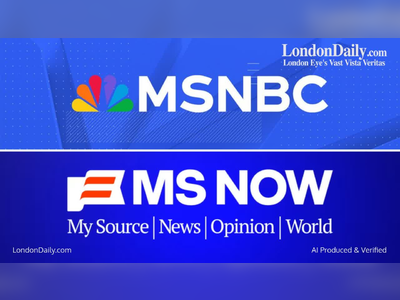Hong Kong Launches Regulatory Regime and Trials for HKD-Backed Stablecoins
New law effective August 1 introduces licensing and oversight, while institutions begin pilot issuance of Hong Kong dollar–pegged tokens.
On May 21, 2025, Hong Kong’s legislature passed the Stablecoins Ordinance, establishing a comprehensive regulatory structure for fiat-referenced stablecoins, and the law took effect on August 1 .
The ordinance mandates that any issuer of a stablecoin pegged to the Hong Kong dollar—or issued in the city—must hold a licence granted by the Hong Kong Monetary Authority (HKMA) .
Rules include strict capital thresholds, reserve backing, redemption obligations, risk-management systems, and measures for anti-money-laundering and counter-terrorist financing .
Unlicensed issuance may result in penalties including fines and imprisonment .
Regulatory guidelines were published on July 29 by the HKMA, covering licensing, AML/CFT expectations, and transitional arrangements for existing issuers .
The first stablecoin licences are expected to be issued in early 2026, with only a small initial batch envisaged .
In parallel, several entities within Hong Kong’s digital finance sector have begun stablecoin pilots.
These include the Hong Kong Monetary Authority’s earlier regulatory sandbox, with participants such as Standard Chartered, Animoca Brands, Hong Kong Telecommunications (HKT), Jingdong Coinlink, and RD InnoTech .
On August 8, a joint venture named Anchorpoint Financial, formed by Standard Chartered’s Hong Kong branch, Animoca Brands, and HKT, announced its intent to apply for a licence to issue stablecoins under the new framework .
Chinese tech giants including JD.com and Ant Group are lobbying the People’s Bank of China to authorise issuance of offshore yuan-pegged stablecoins from Hong Kong, with the ambition of challenging U.S. dollar dominance in digital assets and supporting offshore renminbi circulation .
The global market for stablecoins is estimated to be in the hundreds of billions of dollars, with projections reaching into the trillions by decade’s end .
The ordinance mandates that any issuer of a stablecoin pegged to the Hong Kong dollar—or issued in the city—must hold a licence granted by the Hong Kong Monetary Authority (HKMA) .
Rules include strict capital thresholds, reserve backing, redemption obligations, risk-management systems, and measures for anti-money-laundering and counter-terrorist financing .
Unlicensed issuance may result in penalties including fines and imprisonment .
Regulatory guidelines were published on July 29 by the HKMA, covering licensing, AML/CFT expectations, and transitional arrangements for existing issuers .
The first stablecoin licences are expected to be issued in early 2026, with only a small initial batch envisaged .
In parallel, several entities within Hong Kong’s digital finance sector have begun stablecoin pilots.
These include the Hong Kong Monetary Authority’s earlier regulatory sandbox, with participants such as Standard Chartered, Animoca Brands, Hong Kong Telecommunications (HKT), Jingdong Coinlink, and RD InnoTech .
On August 8, a joint venture named Anchorpoint Financial, formed by Standard Chartered’s Hong Kong branch, Animoca Brands, and HKT, announced its intent to apply for a licence to issue stablecoins under the new framework .
Chinese tech giants including JD.com and Ant Group are lobbying the People’s Bank of China to authorise issuance of offshore yuan-pegged stablecoins from Hong Kong, with the ambition of challenging U.S. dollar dominance in digital assets and supporting offshore renminbi circulation .
The global market for stablecoins is estimated to be in the hundreds of billions of dollars, with projections reaching into the trillions by decade’s end .










